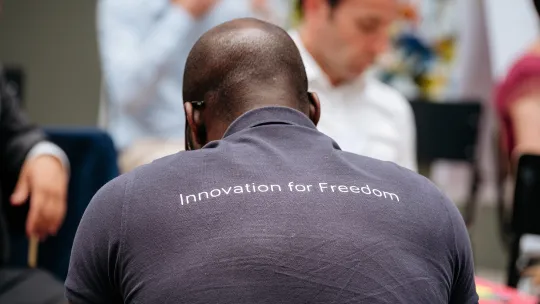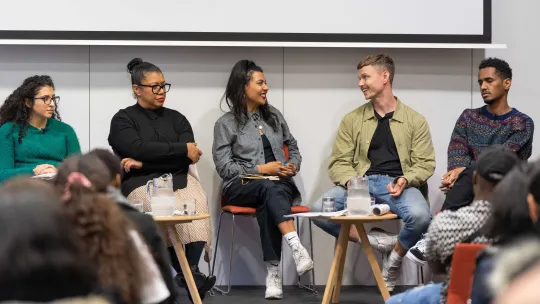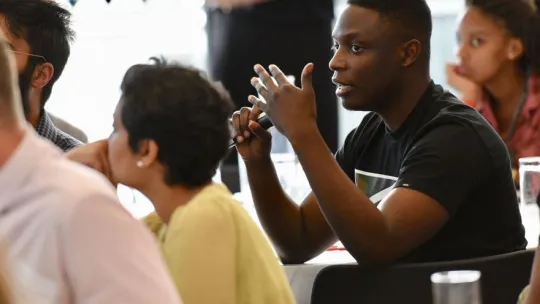Inclusive employer toolkits
Whether you have 10 or 500 employees, improving equality, diversity and inclusion (EDI) in your business takes time and commitment. But stronger EDI in workplaces is shown to improve staff satisfaction and boost an organisation’s performance. Get help for your EDI work with our Inclusive Employer Toolkits and Resources.
Find a toolkit
Other resources
Why EDI matters for your workplace
Improving workforce EDI is now widely recognised as a vital part of an organisation’s business strategy. As well as building a fair and inclusive workplace, it’s also shown to positively impact a business’s commercial performance.
Our inclusive employer toolkits are designed to complement and build on your existing EDI work. They can help you:
- assess where your business is on EDI
- identify and implement actions based on your sector, resources and role
- take advantage of cross-sector collaboration.
Before you get started, make sure you're clear on why EDI matters to your organisation.
If you’ve already started your EDI journey, take time to reflect on your progress. Do you have the data you need to evaluate your EDI work? What difference have you made so far?
Next think about what you want to achieve. Do you have a good understanding of the EDI challenges in your organisation?
If not, consider what data you need to make an assessment. What are the crucial steps you need to take before anything else?
Looking at other organisations in the sector can provide a helpful context. However, avoid using others as a benchmark, as this might lead to limited action and discourage innovation. To ensure EDI action is meaningful, we recommend that you benchmark yourself against your own historic data. That way you can develop an organisational mindset of constant improvement. For an objective assessment, larger organisations may benefit from an independent audit or evaluation.
For greater success, you’ll need to fully embed EDI initiatives into the organisation. That means ensuring senior level leadership on EDI and establishing clear and regular accountability. We recommend the following:
- Research best practice to scope ideas.
- Evaluate whether any proposed action fits in with your organisation’s strategy and vision.
- Senior figures should visibly lead EDI and be accountable for monitoring and delivering on EDI.
- Consult employees to understand how they feel about any likely change.
- Devise a communications plan for sharing updates, both with your employees and externally. Having a public commitment to EDI helps to ensure accountability and increases the EDI focus for the sector in general.
Find your toolkit
Select an industry to find the right toolkit for your organisation's size. Each toolkit provides a list of suggested actions and related resources based on your sector and business size.
Explore the toolkit for the creative and cultural industries.
Explore the toolkit for organisations contributing to the green economy.
Explore the toolkit for the hospitality industry.
Explore the toolkit for healthcare organisations, including GPs, Trusts and ICBs.
Explore the toolkits for the digital and tech industries.
Get support from us
Learn how to use the toolkits, access resources and improve EDI in your company with our support service. Sign up for support sessions with our partners, In Diverse Company.
For employers looking for consultancy advice and support with taking action on EDI using the toolkit. These sessions are split by sector.
This half day covers driving inclusive growth for employers and employees and how the Inclusive Employer Toolkits can support your EDI journey.
It focuses on humanising EDI work, through talks from keynote speakers and industry experts, and thematic breakout workshops.
The session is open to all five sectors and all business sizes, so provides an excellent opportunity to network too.
If you’ve taken part in our support sessions, you’ll be able to join a reflection session. These sessions will allow you to look back at your progress and learnings through the programme, through facilitated by breakout groups. Sessions are again split into individual sectors.
More support and information
Find out more about the WIN's work to tackle underrepresentation in the workplace.
A 10-month advanced equity and innovation programme supporting employers to build more inclusive workplaces.
Find out what programmes and opportunities are available to help businesses.







